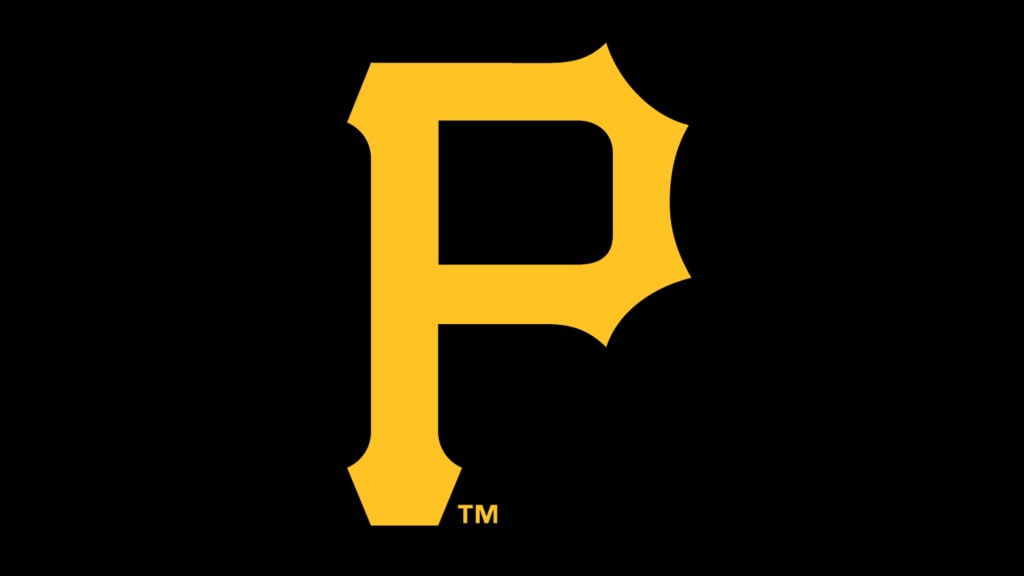
PITTSBURGH – What’s in a team nickname?
For some sports franchises, the origin is obvious and needs no explaining. “Phillies” is short for “Philadelphians,” an easily understood name for the baseball team on the other side of Pennsylvania. Other names, like the Pittsburgh Penguins, were the result of a selection committee sifting through suggestions made by local fans.
What about the Pittsburgh Pirates?
There was professional baseball in the area as long ago as April 15, 1876, when the Pittsburgh Alleghenys first played at Union Park. That club was named for Allegheny City, the former municipality across the Allegheny River from downtown Pittsburgh that’s now known as the city’s North Side. They joined the International Association, a minor league, in 1877 but disbanded a year later.
The Alleghenys reformed as part of the American Association in 1882. That league was a rival of the National League, which Pittsburgh eventually joined in 1887. They kept the Alleghenys nickname and played their games at Recreation Park. Their first game in the NL was on April 30, 1887, when they beat the Chicago White Stockings, 6-2.
But the Alleghenys struggled throughout their early years in the NL. They never finished higher than fifth in the eight-team NL from 1887-90, and it was in 1890 that their roster was left bereft of talent because a bunch of key players – including future Hall of Famer Jake Beckley -- departed to join the newly formed Players League’s Pittsburgh Burghers club.
The Alleghenys’ decimated roster won 23 games and lost 113 in 1890. But the Players League quickly folded, and players who had left other leagues to join those clubs were expected to return to their previous teams in 1891. What happened next led to Pittsburgh’s baseball club becoming the Pirates.
Star second baseman Lou Bierbauer, who played for the Philadelphia Athletics in the American Association before spending a year with the Brooklyn Ward’s Wonders in the Players League, never signed a contract to return to Philadelphia. That effectively made him a free agent, and the Alleghenys pounced to sign him to a contract with Pittsburgh for the next season.
Alfred Spink, founder of The Sporting News, wrote that Pittsburgh manager Ned Hanlon went to visit Bierbauer at his home in Erie, Pa., “in the depth of the winter to secure a contract.” Spink wrote that Hanlon “had to cross the ice on the harbor in a bitter storm, but he finally reached Bierbauer’s shack and before leaving had secured his signature.” Bierbauer belonged to Pittsburgh.
When Bierbauer didn’t sign back with Philadelphia as expected, however, Pittsburgh drew criticism from the Athletics and American Association officials who called those actions “piratical.” Accused of plundering players, the Alleghenys then became known informally as “pirates.” Pittsburgh officially nicknamed itself the Pirates for the 1891 season, and the moniker stuck.
It was actually a later influx of players, though, that turned the Pirates from a struggling team into a club that made two World Series appearances in the first decade of the 1900s.
When the NL cut back from 12 teams to eight entering the 1900 season, former Louisville Colonels owner Barney Dreyfuss acquired controlling interest of the Pirates. He essentially brought 14 players with him from the Louisville roster in the largest player transaction in franchise history, a group that included Claude Ritchey, Tommy Leach, Fred Clarke, Deacon Phillippe, Rube Waddell and the greatest player of them all: shortstop Honus Wagner.
With that group in tow, the Pirates finished second in the NL in 1900, then won three consecutive pennants from 1901-03 while playing their home games at Exposition Park. They lost the first World Series to the Boston Americans in 1903 but returned in 1909 and beat the Detroit Tigers in seven games. By 1912, the “Pirates” nickname officially appeared on the team’s uniforms.


